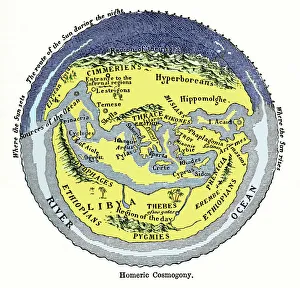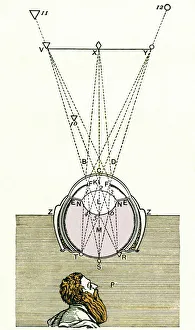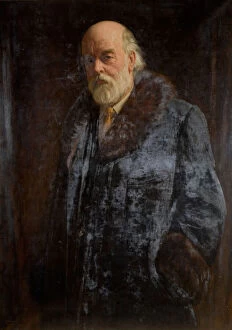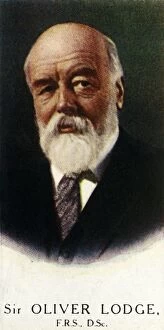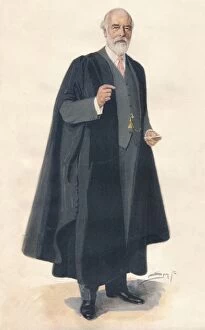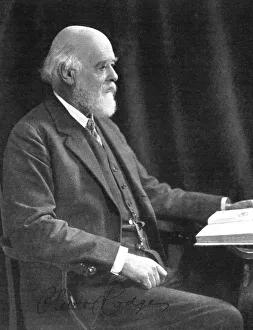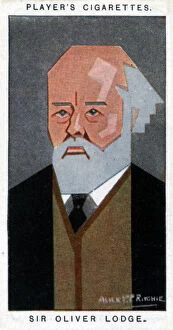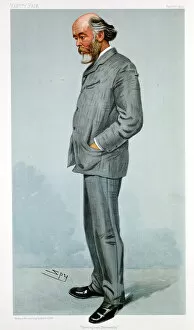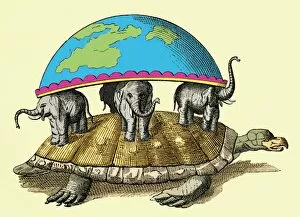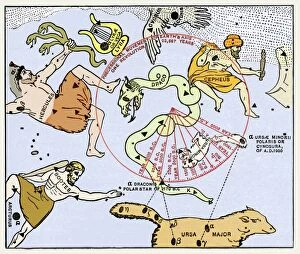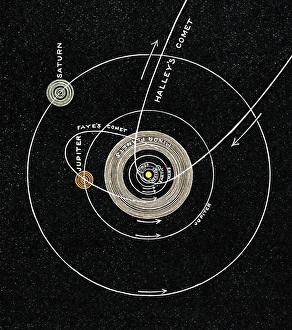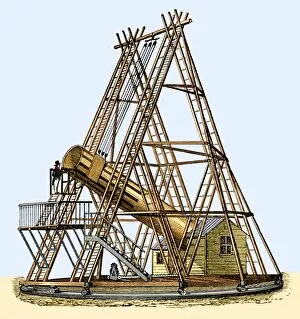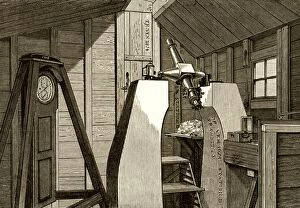Oliver Lodge Collection
Sir Oliver Lodge was an English physicist and writer who made significant contributions to the field of science in the early 20th century
All Professionally Made to Order for Quick Shipping
Sir Oliver Lodge was an English physicist and writer who made significant contributions to the field of science in the early 20th century. His work encompassed various areas, including Homeric cosmogony and Descartes optics theory from the 17th century. Lodge's exploration of Homeric cosmogony delved into ancient Greek mythology, examining their beliefs about the creation of the universe. He drew parallels between these myths and scientific theories, shedding light on how different cultures have sought to understand our origins. In addition to his interest in ancient cosmology, Lodge also studied Descartes' optics theory. This 17th-century philosopher's ideas on light and vision fascinated him, leading him to further investigate this field. Lodge's research helped advance our understanding of how light behaves and interacts with matter. Another area that captured Lodge's attention was the precession of the North Celestial Pole. He studied this astronomical phenomenon where Earth's axis slowly traces a circle over thousands of years. By analyzing historical records and celestial observations, he contributed valuable insights into this natural process. Beyond his scientific pursuits, Sir Oliver Lodge was also depicted in several portraits throughout his life. In a striking portrait created by John Bernard Munns in 1923, we see a dignified representation capturing his intellectual presence. Other portraits include one from 1927 by an unknown artist as well as another by Sir Leslie Matthew Ward during the same year. These artworks showcase Lodge's prominence within both scientific circles and society at large during that era. One notable portrayal is a caricature drawn by Alick P F Ritchie in 1926 which captures not only his physical appearance but also hints at his influential role as a British physicist during that time period. Similarly, Spy’s depiction from 1904 highlights Lodge’s significance within British physics at an earlier stage in his career. Away from academia, Oliver Lodge owned property called "Oliver Lodge" located on the shores of Lake Winnipesauke in Meredith, New Hampshire.

